In Photos: 8 Toys That Embrace Diversity
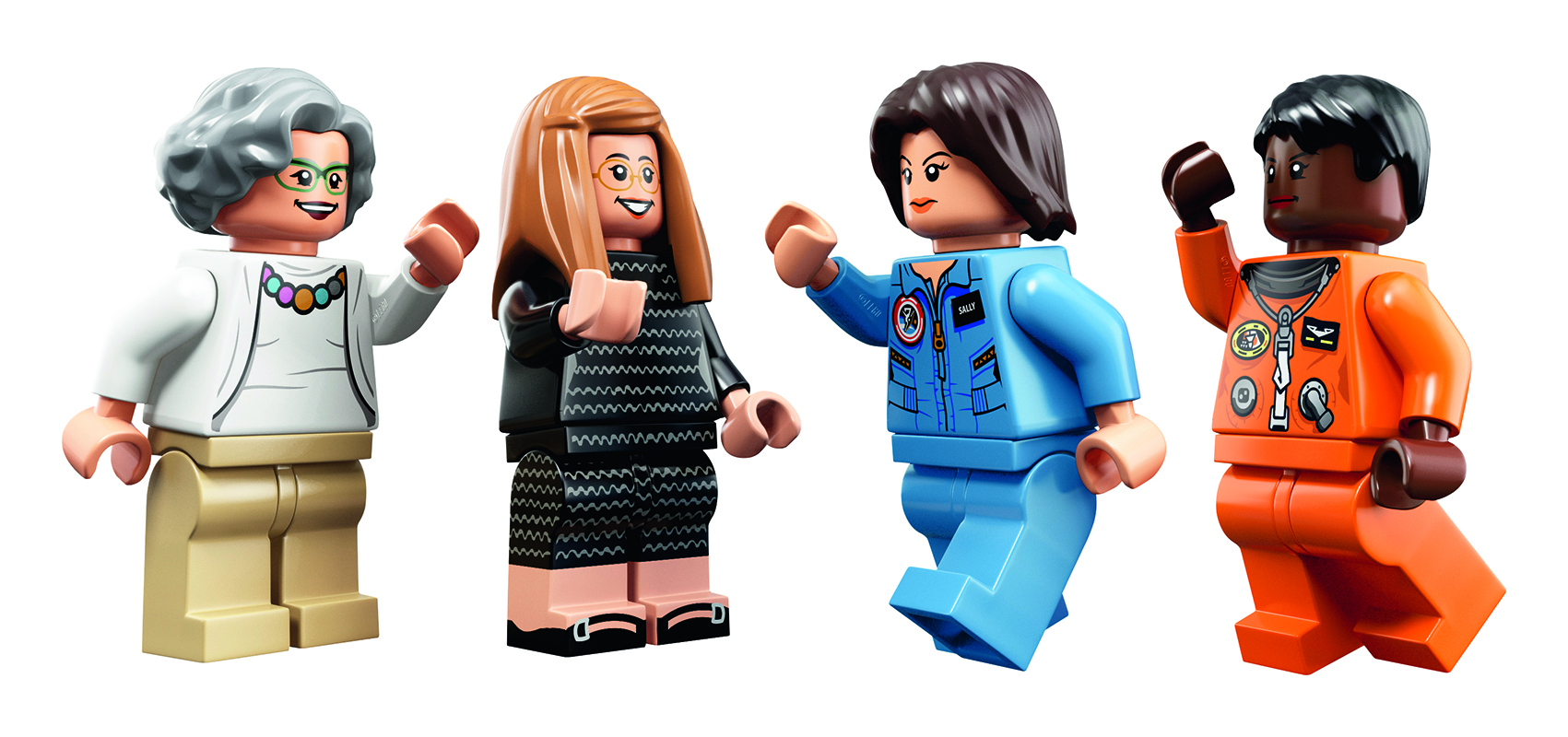
Toys are getting more diverse: Mattel recently expanded their popular Barbie doll collection to include a wider variety of skin colors and body shapes, while Lego unveiled a minifigure in a wheelchair in their "Fun at the Park" building set, the Guardian reported. Other manufacturers, as well, have created dolls and toys that encourage children to appreciate the range of diverse physical features that make people unique, and to see representation that is a more balanced reflection of the world around them. Here's a look at some of these boundary-crossing toys. [Read the full story on why diversity in toys matters.]
Lego Women of NASA
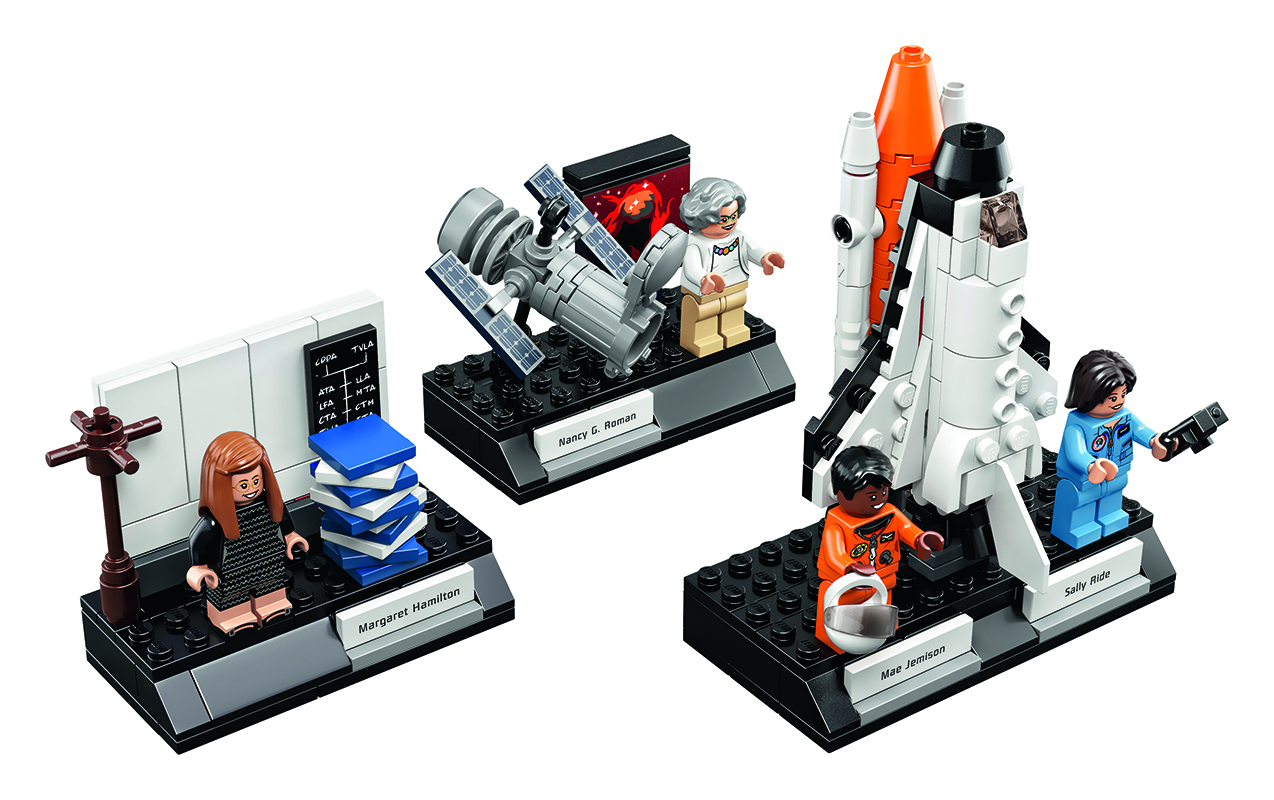
A new set of LEGO minifigures celebrates four of the women who were instrumental in shaping the NASA space program. The figures represent astronomer Nancy Grace Roman, widely recognized as the "Mother of Hubble" for her work on the Hubble Space Telescope; computer scientist Margaret Hamilton, developer of flight software for the Apollo space program; astronaut, engineer and physician Mae Jemison, the first African American woman to travel in space; and astronaut and physician Sally Ride, the first American woman to visit space, and the youngest American astronaut to do so.
The figures were selected for production following their successful presentation on the LEGO Ideas crowdsourcing platform in 2016, by science writer and self-described LEGO enthusiast Maia Weinstock. "LEGO Women of NASA" set will be available for purchase worldwide on Nov. 1, 2017. (Image credit: LEGO)
Diversity is a snap
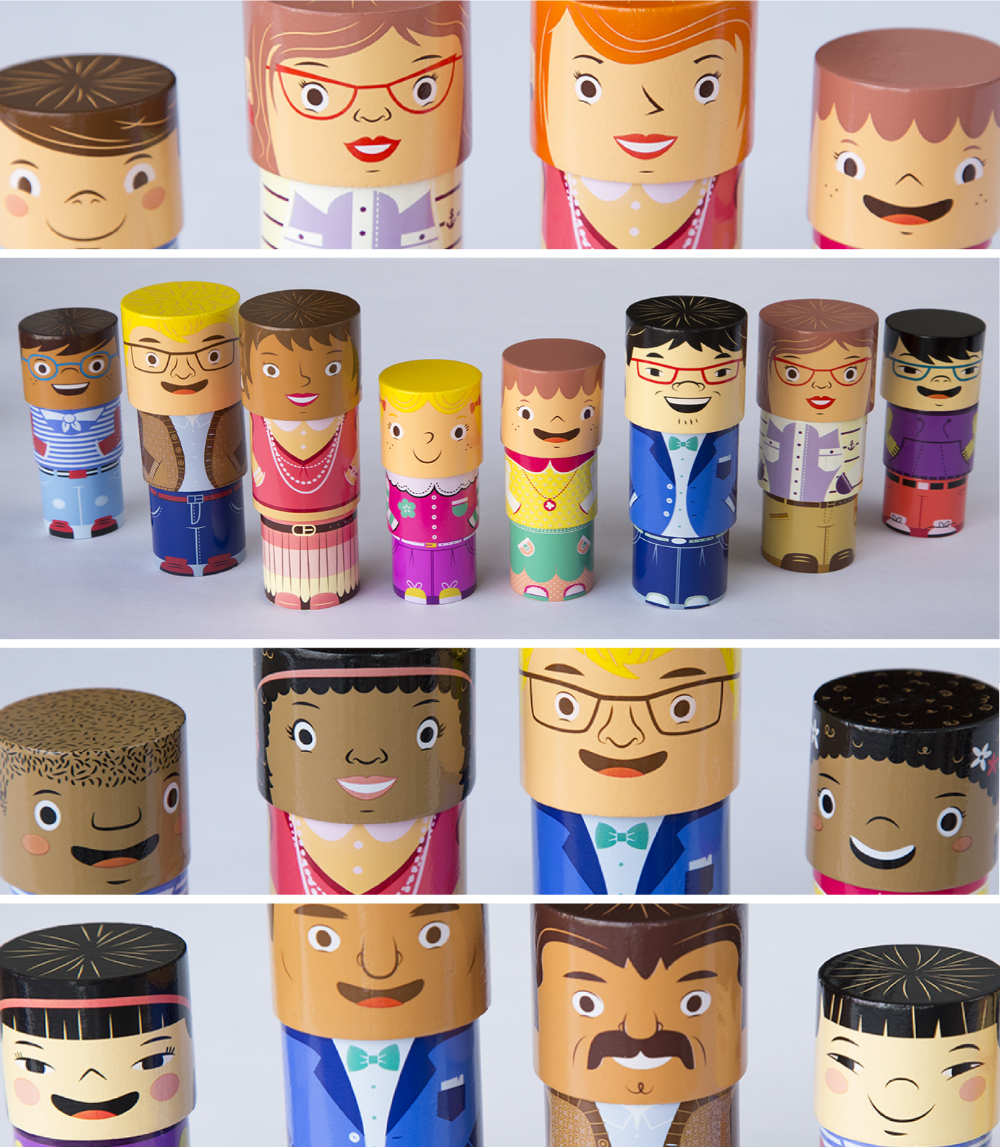
Created by an illustrator, child psychologist, education specialist and product designer, the MyFamilyBuilders™ toy set offers a selection of whimsically illustrated wooden pieces decorated with varying skin tones and facial features to represent adults and children. These blocks — heads, bodies and legs — can be mixed and matched to combine with magnetic snaps. They can be assembled in multiple combinations to form a diverse range of characters, which can then be grouped as friends and families. (Image credit: MyFamilyBuilders™)
Average is beautiful
Sign up for the Live Science daily newsletter now
Get the world’s most fascinating discoveries delivered straight to your inbox.
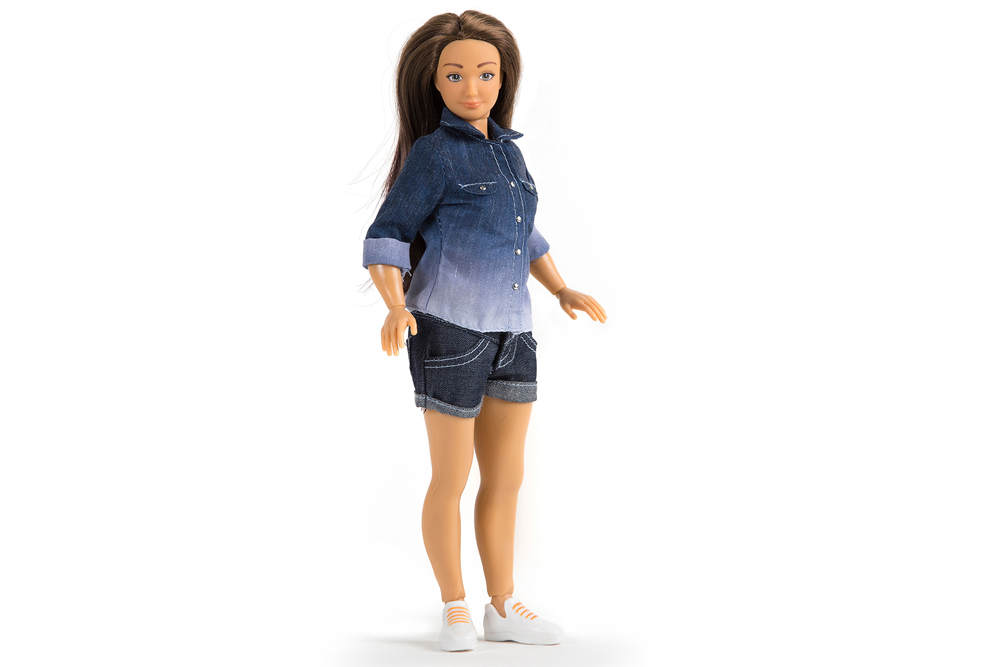
The Lammily doll sprang to life from a question asked by her creator, artist Nikolay Lamm: "What if fashion dolls were made using standard human body proportions?" The answer turned out to be that girls would love them. A successful crowdfunding campaign in March 2014 led to the production of Lammily, a doll with a realistic body plan, and the project delivered 19,000 dolls to its backers. Also available alongside the doll are "Lammily Marks," reusable stickers that allow the dolls' owners to add unique — and realistic — marks like scars, freckles, acne, scrapes and grass stains, and even stretch marks and cellulite. (Image credit: Nickolay Lamm)
Coping with cancer
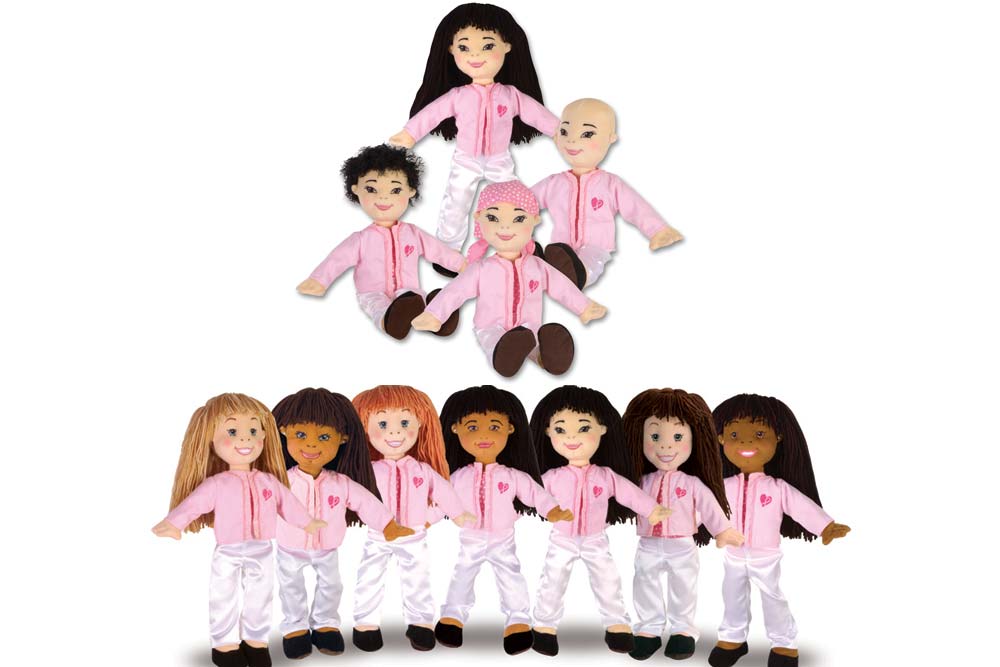
Explaining cancer to a child can be difficult, and the Kimmie Cares™ dolls were created to provide support and comfort for families, as well as to help parents describe the effects of chemotherapy. The dolls are available in a range of skin tones, and each comes with hair that can transition through several stages or be removed entirely, to represent the hair loss that can accompany chemo treatments. (Image credit: Kimmie Cares™)
Real American heroes
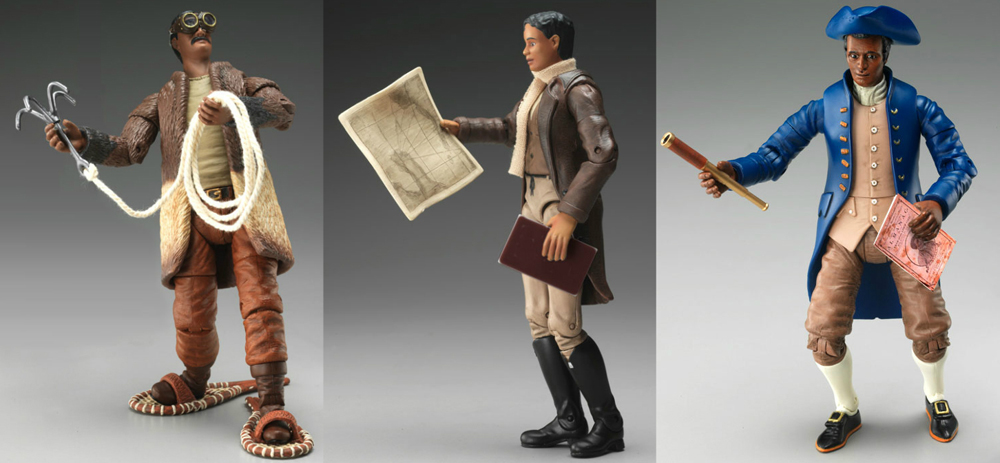
American history narratives in the classroom frequently omit people of color who played pivotal roles, according to History in Action Toys, which aspires to bring some of their stories to light, with action figures that celebrate these pioneers. They currently offer three of "America's real superheroes": Bessie Coleman, the first black woman in America to earn a pilot's license; mathematician and astronomer Benjamin Banneker; and Matthew Alexander Henson, the first American to reach the North Pole. "Toys should be fun," the company wrote on their website. "But we believe they can even be inspiring." (Image credit: History in Action Toys)
Disability dolls
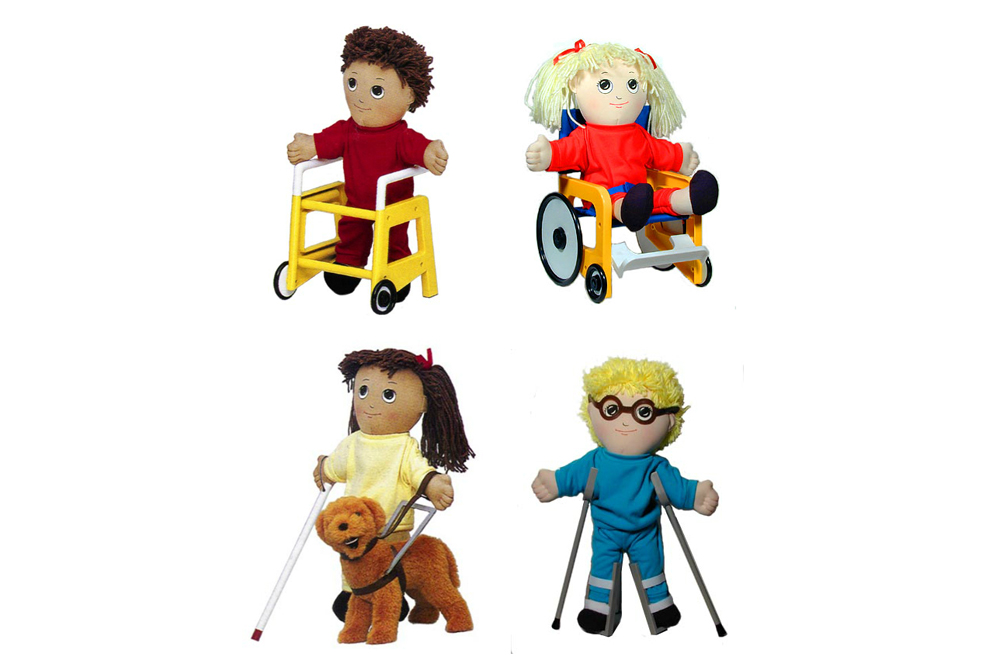
The Children's Factory's soft dolls come with diverse skin tones and include two doll designs with faces that display the distinguishing features of Down's Syndrome. The company also manufactures doll accessories to accommodate disabilities, including crutches, leg braces, hearing aids, walkers and wheelchairs. (Image credit: B Independent)
3D-printed and one-of-a-kind
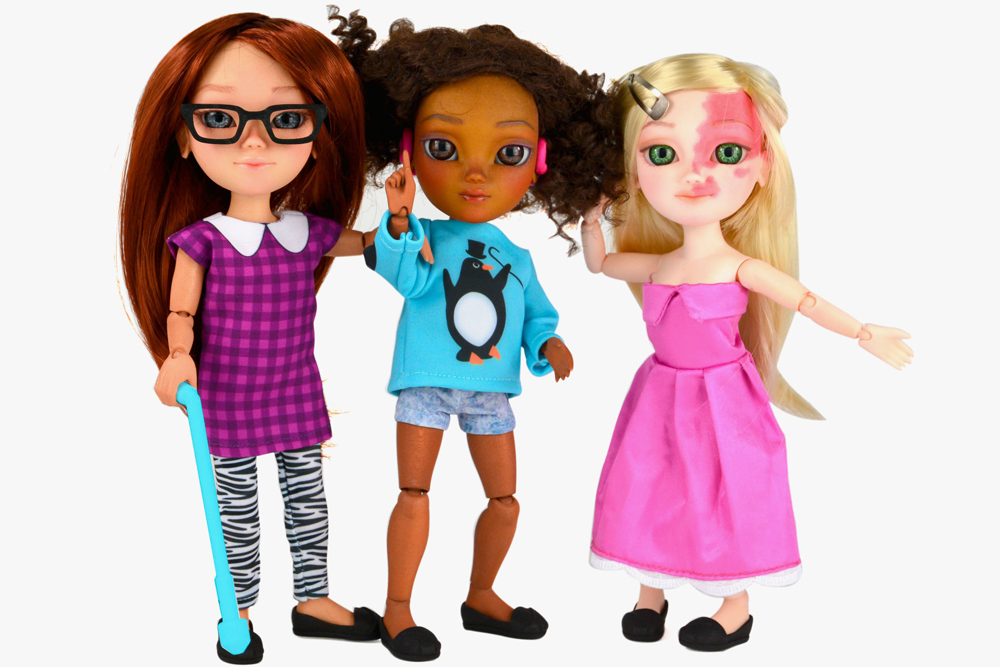
In 2015, the Facebook group Toy Like Me, which advocates for representation of disabled children in the toy industry, inspired the 3D printing company Makies to add three disabled characters to their doll lineup, according to Business Insider. The Makies store is temporarily closed while they relocate to the United States, but you can create a digital Makie on their website. (Image credit: Makies)
Ethnic hair beauty
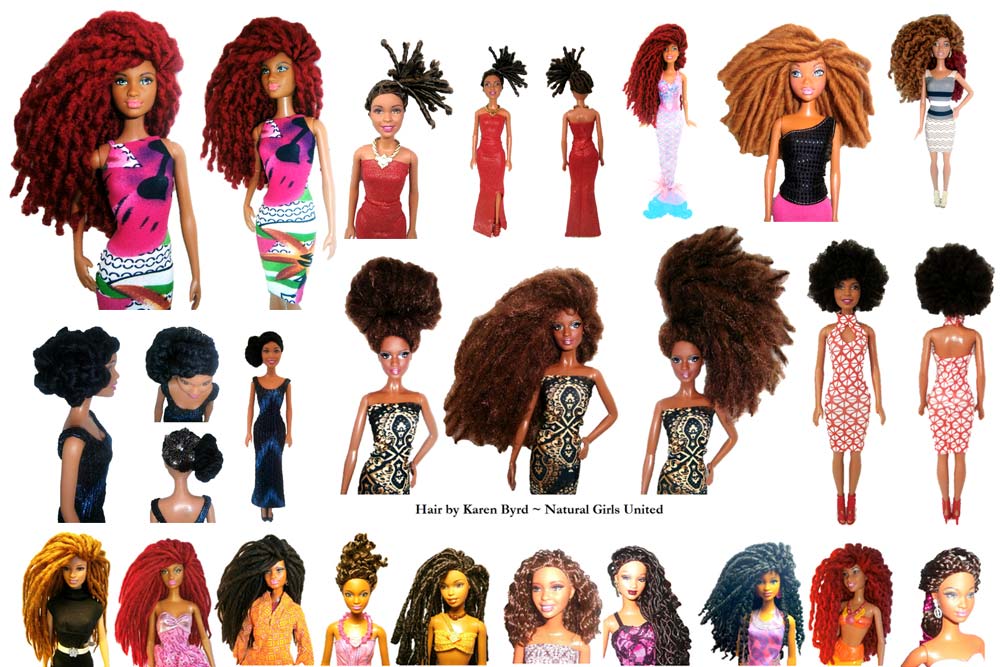
For Karen Byrd, the founder and designing artist of Natural Girls United, her line of dolls celebrates African American style — something that she felt was sorely lacking in the toy market when she was growing up, according to a statement on her website. "There is a serious need for our young girls to be able to have dolls that look like them," she said, "Each day we learn that it is important to show them and teach them that their beauty is beautiful." (Image credit: Karen Byrd)
Follow Mindy Weisberger on Twitter and Google+. Follow us @livescience, Facebook & Google+.

Mindy Weisberger is an editor at Scholastic and a former Live Science channel editor and senior writer. She has reported on general science, covering climate change, paleontology, biology and space. Mindy studied film at Columbia University; prior to Live Science she produced, wrote and directed media for the American Museum of Natural History in New York City. Her videos about dinosaurs, astrophysics, biodiversity and evolution appear in museums and science centers worldwide, earning awards such as the CINE Golden Eagle and the Communicator Award of Excellence. Her writing has also appeared in Scientific American, The Washington Post and How It Works Magazine. Her book "Rise of the Zombie Bugs: The Surprising Science of Parasitic Mind Control" will be published in spring 2025 by Johns Hopkins University Press.










